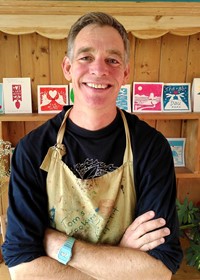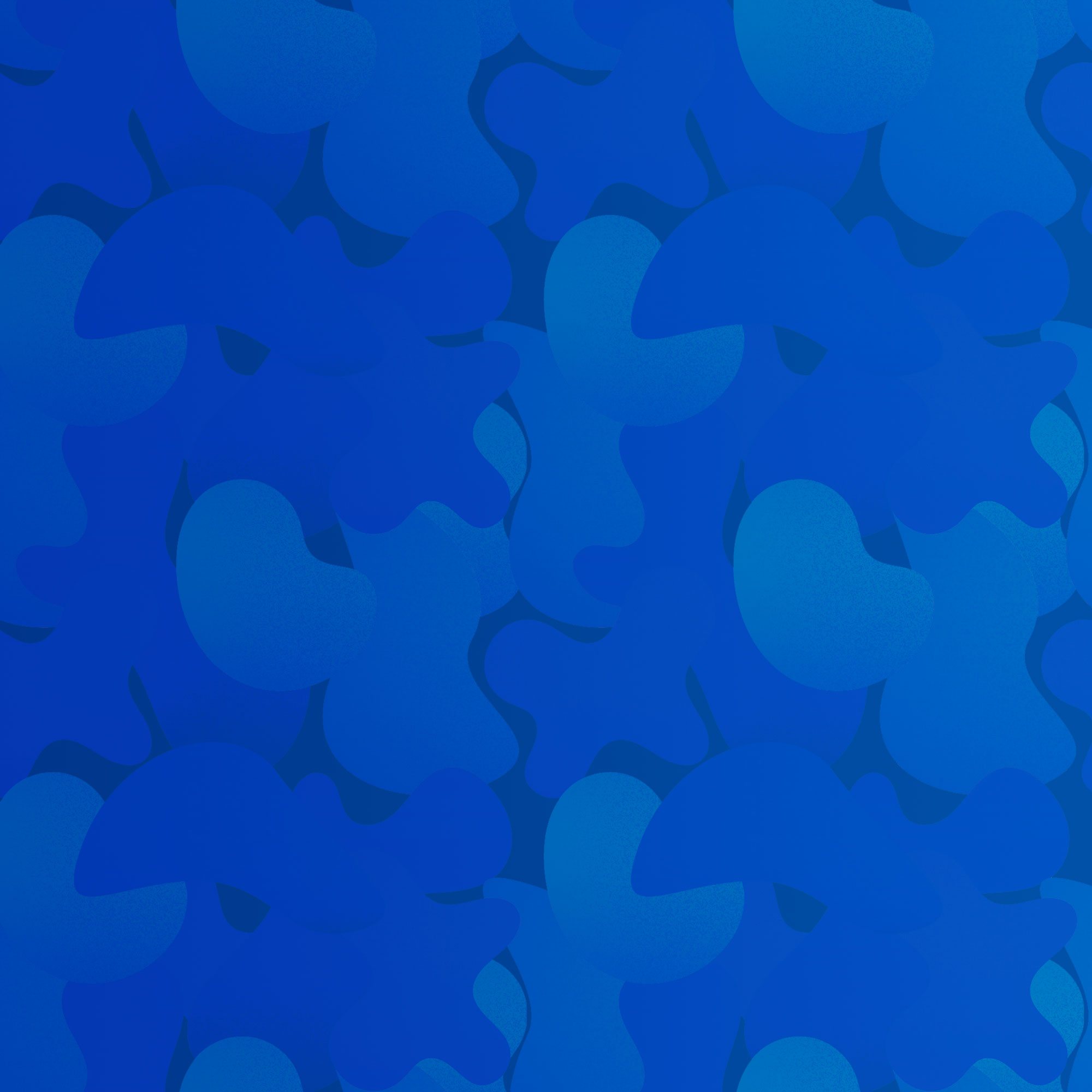Thomas Docherty


About Author
Thomas Docherty tells ReadingZone how his own daughters helped inspire his latest picture book, Moon Girl.
An author and illustrator of children's picture books, Thomas's books include the award-winning The Hare-Shaped Hole, Little Boat (shortlisted for the prestigious Kate Greenaway Medal), and the best-selling The Snatchabook, written by his wife Helen.
Thomas was born in New Zealand but has spent most of his life in England. He studied metalwork and sculpture at Art College and has always liked drawing and travelling, so far to Africa, Asia and South America.
Find out more at Thomas Docherty's website.
Interview
Moon Girl (OUP)
April 2025
In this gorgeous picture book by award-winning Thomas Docherty, a girl's fears about the dark are overcome when she meets Moon Girl and is shown the wonders of nature at night.
ReadingZone spoke with the Thomas to find out how his own children helped to inspire this story of overcoming fears, the importance of talking about our feelings, and how he creates his picture books.
Q&A with Thomas Docherty
"It can be really positive to talk about your fears and find out that other people have them too."
1. Thank you for joining us on ReadingZone! Can you start by telling us what draws you to writing for children, and what kinds of stories you love to create?
Ever since I discovered comic books in my local library I have loved the way you can put words and pictures together to tell a story. I hope my books always have as much going on in the pictures as in the words.
2. What happens in your new picture book, Moon Girl?
Moon Girl is about Leila, a little girl who is a bit afraid of the dark. Then she meets Moon Girl. With her pot of moonlight and a paintbrush, Moon Girl paints the night with light and helps Leila discover all the wonders hidden in the dark.
3. What inspired the story? Do you enjoy moonlit nights, or prefer the colours of day?
Our younger daughter, when she was little, was scared of the dark. She didn't like to go up to bed on her own and she held tightly onto my hand if we went outside at night. Then one birthday, she asked for a telescope. Suddenly it was so much fun to go out in the night and look at the moon. She began to notice other things too, like bats, moths, foxes, even owls, right there in the city. And that is where the idea of Moon Girl came from.
I think a moonlit night can be as beautiful as any day!
4. Children are fascinated by the idea of the 'man in the moon' but why did you decide to bring the moon to life as a girl?
Throughout history, people have seen different people and animals in the shapes in the moon. I was thinking of my daughters and how they might like to see the face in the moon, not as a boy but as a girl, like them.
5. What kinds of fears of the dark do you explore through the girl's journey with Moon Girl? How do you make these reassuring rather than something to be scared of?
I think we can often be scared of what we don't know. Moon Girl helps Leila discover all the magical things that are in the night and that curiosity helps her get over her fear.

6. What discussions would you like to see Moon Girl encourage among young children? Can you suggest any activities to help take the book further with them?
It can be really positive to talk about your fears and find out that other people have them too. I also hope that the book will encourage children to think about the fact that there is a lot going on outside when they are fast asleep in bed. They could get some dark coloured paper and some coloured chalks and try drawing their own night pictures, as if they are Leila with a pot of moonlight and a brush. What would they like to discover in the night?
7. The illustrations bring to life the light of the moon, but was this hard to capture? How did you go about illustrating the text, and what colour palette did you use to do so?
I love drawing night pictures and even though they are dark, I tried to get as much colour into them as possible - darkness can be black but it can also sometimes be blue, or green or purple! I painted the pictures with an ink called Quink. It is a black ink but almost magically makes beautiful patterns and colours when you use it with a lot of water. That is how I got the lovely glowing feeling of the moonlight.
8. How do you create the images? Are there any spreads that you are particularly pleased with?
I painted all the pictures by hand, sometimes the whole picture and sometimes just bits of it. I then scanned the pictures into the computer and played around with the colours and stuck all the different bits together.
My favourite picture is the one with the whale out at sea, I love drawing the sea, maybe as much as I enjoy drawing the night!

9. For children who enjoy Moon Girl, what other picture books of yours might they also like? What are you working on currently?
If you like Moon Girl, you will definitely like my book Into The Wild. It is another night adventure full of animals - I drew nearly 100 different animals in total, can you spot and name them all?
At the moment I'm working on a brand new book about a boy who finds a magical cloak that takes him back in time. It will be published next year - I can't wait!
10. What about when you're away from your studio, what are your favourite activities to relax?
I am very lucky to live by the sea, so I love going for long walks along the Wales Coast Path with Helen (my wife and children's author) and our dog Tesni.
 Moon Girl
Moon Girl
 Superwolf PB
Superwolf PB
 Into the Wild
Into the Wild
 The Hare-Shaped Hole
The Hare-Shaped Hole
